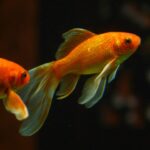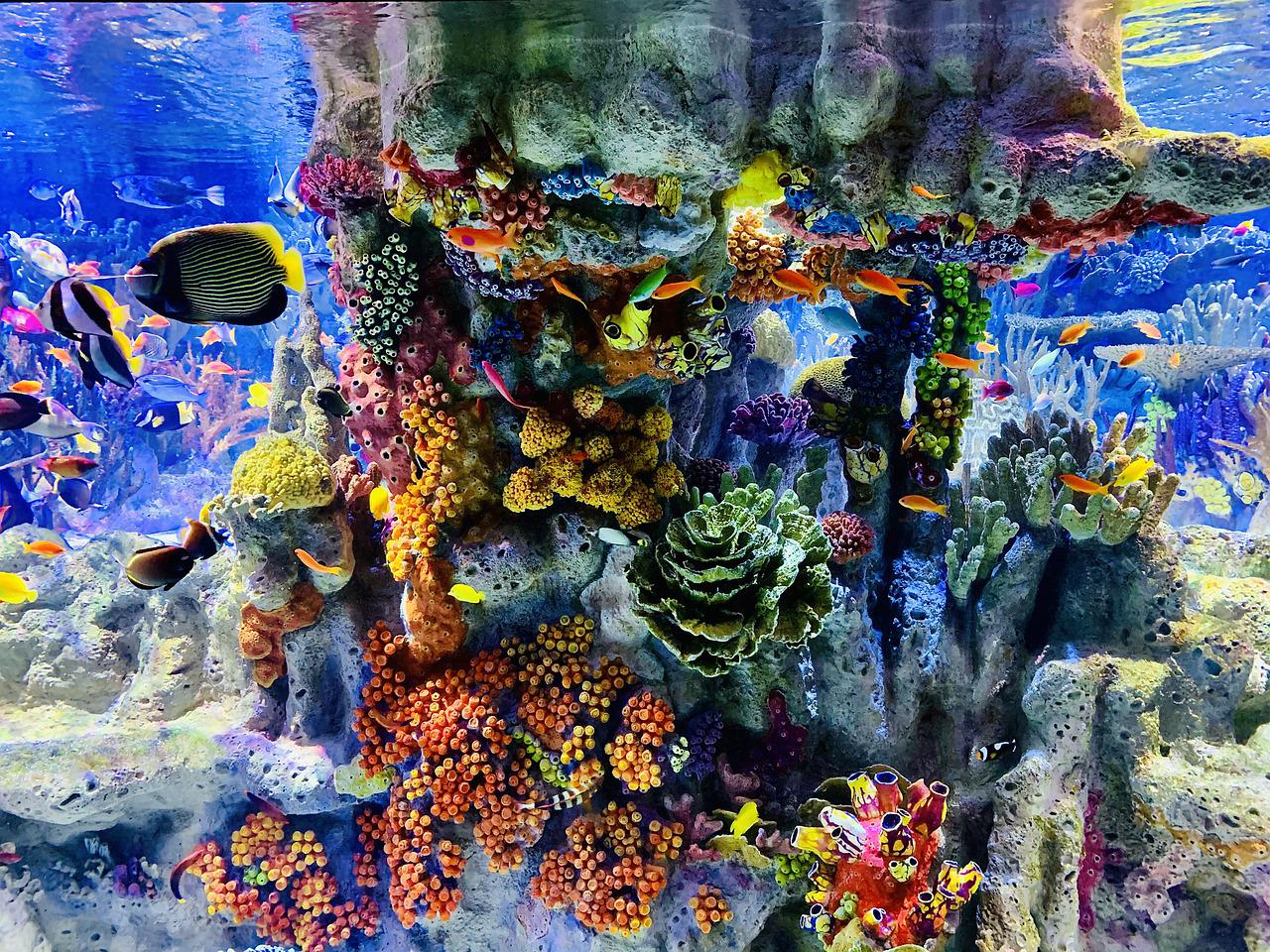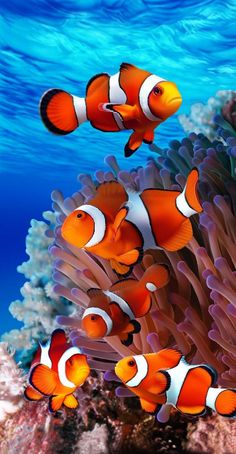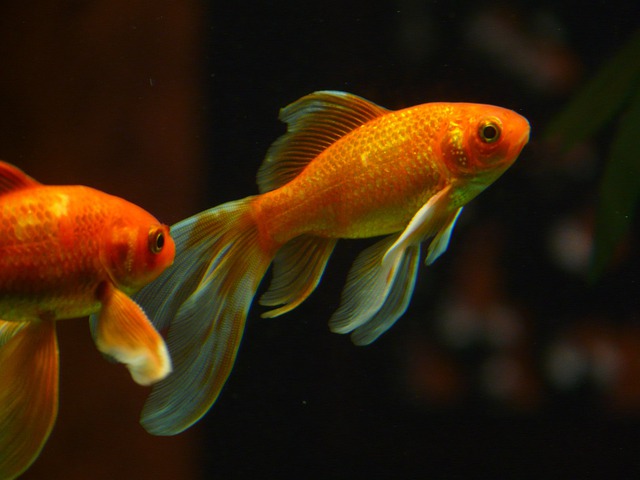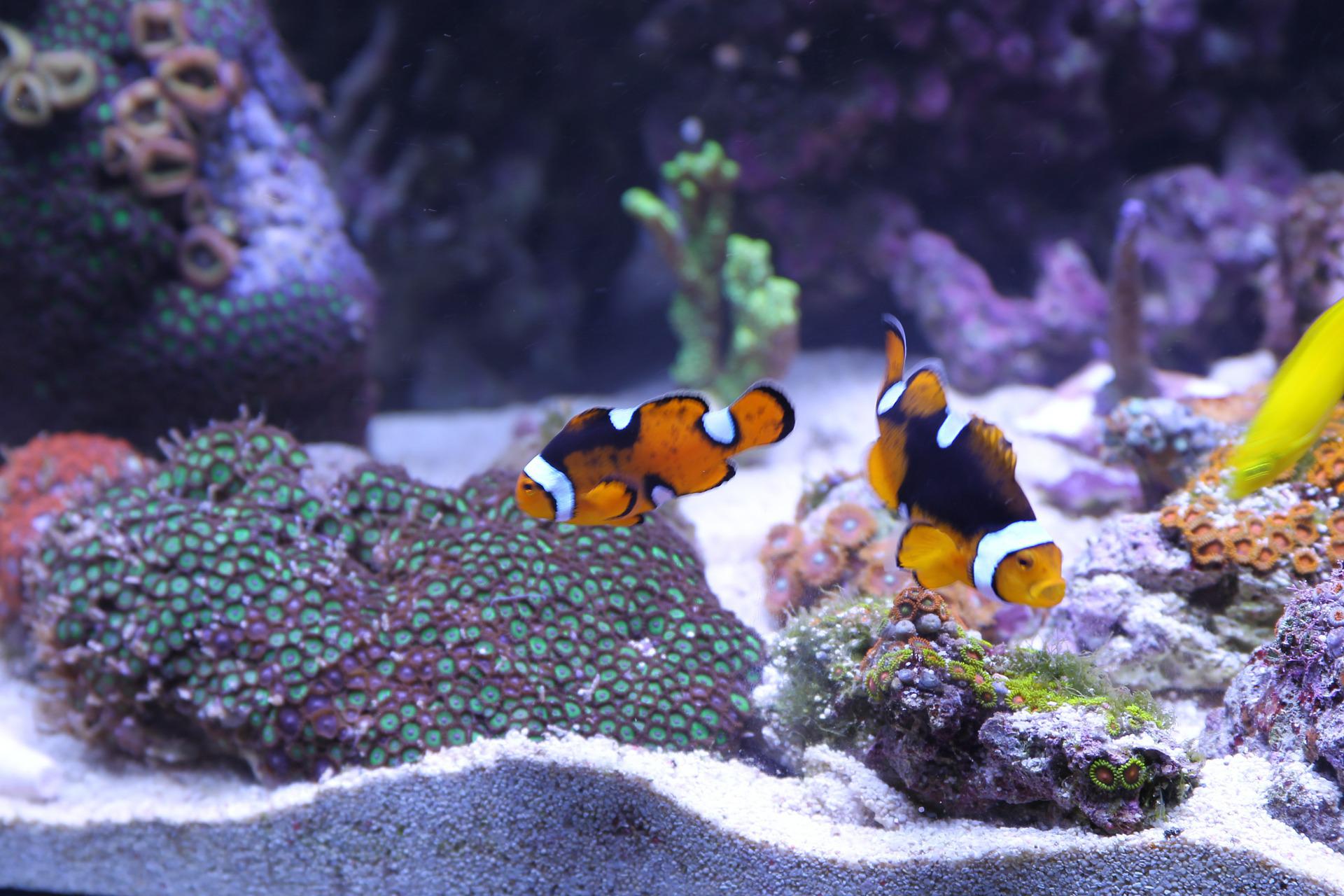Before you set up your aquarium, you’ll need to prepare it for the new additions. You’ll need a stand for the aquarium, as well as a filtration system and access to plug sockets. It’s also wise to purchase the necessary equipment and set aside a workspace for the aquarium setup. During the setup process, you should always be careful not to create a leak or damage your aquarium’s plumbing.
Make sure to choose a place where the water level will change the least. Ideally, it should remain around the same level. In some cases, the water level changes a little, but not by much. You can spot these changes by watching for water droplets on the outside of the tank’s seams and corners. Make sure that the location is level and strong enough to support the tank. Lastly, be sure to fill the tank with fresh water before you begin.
While you can use sand and crushed coral in your aquarium, soft sands are the best choice for some types of fish. Crushed coral and krill can be beneficial to your fish, but make sure to research the best option for your tank before you buy. The substrate you choose should be clean and free of debris. Depending on how large your marine fish tank is, you may need to buy an additional 50 to 100 pounds of substrate.
If you are planning to keep your aquarium as a home for your fish, you can purchase cured live rock to increase the size of the aquarium. Live rock, meanwhile, helps your fish mature and brings desired algae and planktonic life to your tank. After preparing the aquarium, you’ll need to fill the tank with water, plug in all the equipment and wait for the water to clear. The fish should be happy in the new tank.
You should consider putting a glass substrate at the bottom of the aquarium. It can be a thin layer or a deep sand bed. Sand can come in various forms, ranging from fine sand from the beach to coarse sand from coral skeletons. Whatever you choose, be sure to keep the sand levels low and the nutrient levels above the desired levels. Your fish will thank you later!
After you have selected the tank size, you can set up the aquarium decor. Live rock should be placed in an open pattern to allow the fish to swim through and hide in them. You can also be creative and experiment with placement. The placement of rocks can be changed later on if you find it uncomfortable. Live sand should be evenly spread around the rocks, as this will cause the water to cloud at first, but it will clear up eventually.
Keep the aquarium temperature in mind when you’re setting up the tank. Marine fish need bright light to grow and produce food. A good aquarium heater will maintain the temperature in the tank at 24 to 26 degrees Celsius. Also, be sure to change the lights every six or eight months to avoid nuisance algae growth. A little knowledge can go a long way in setting up a marine fish tank. And remember: your fish won’t love the smell of dirty water.
Before you add the animals, you should first understand the environment in which the inhabitants live. You’ll want to mimic the conditions they would experience in the natural environment. To help the fish survive, you can add live bacteria to the tank. If you’re unsure what type of marine life you’re looking for, try to stick with small varieties of the species. Once you’ve gotten to know your fish better, you can start adding more creatures.
Setting up an aquarium isn’t complicated if you know the proper steps. Just follow these steps and you’ll be on your way to a successful marine fish tank. However, it’s important to remember that it takes time and patience. If you’re not careful, you’ll face some problems that could affect your fish. You’ll want to resolve these as quickly as possible, as saltwater aquarium problems can become out of control much quicker than their freshwater counterparts.
Choosing the right fish is crucial to the success of your aquarium. Freshwater fish are easier to care for than their saltwater counterparts. Beginners should choose smaller fish that are not aggressive. Choose from popular marine fish such as the Ocellaris Clownfish (famous from Finding Nemo), or the Lawnmower Blenny, which is a herbivore that hides in caves.














